Ice Age Fox Found in Cave in Uinta Mountains
December 30, 2024
A nearly complete skeleton of a 26,000-year-old red fox was collected from deep in Whiterocks Cave. It is the most complete Ice Age mammal found in northeastern Utah.
VERNAL, Utah — A team of scientists from the Utah Division of State Parks and the USDA Forest Service Ashley National Forest, along with a group of Utah cavers, have recovered the nearly complete skeleton of a red fox dating back to the Ice Ages in a cave in the Uinta Mountains of northeastern Utah.
A radiocarbon age on one of the bones from several years ago indicated that the fox skeleton is approximately 26,000 years old, dating from just before the last glacial maximum during the Ice Ages. This means that the skeleton had already been lying in the cave for more than 10,000 years when humans first started farming founder crops and for more than 20,000 years when the Giza pyramids were built.
Red foxes (Vulpes vulpes) are the most widely distributed terrestrial carnivores in the world. They appeared in North America from Eurasia between 300,000 and 130,000 years ago. For much of their history here, they have been distributed primarily in western and northern North America.
“It was a gorgeous specimen,” said the Utah Field House of Natural History State Park Museum’s John Foster, who was the project’s lead organizer. “Almost the entire animal lying where it had been for so long, nearly every bone intact and well preserved. We don’t often see specimens like that.”
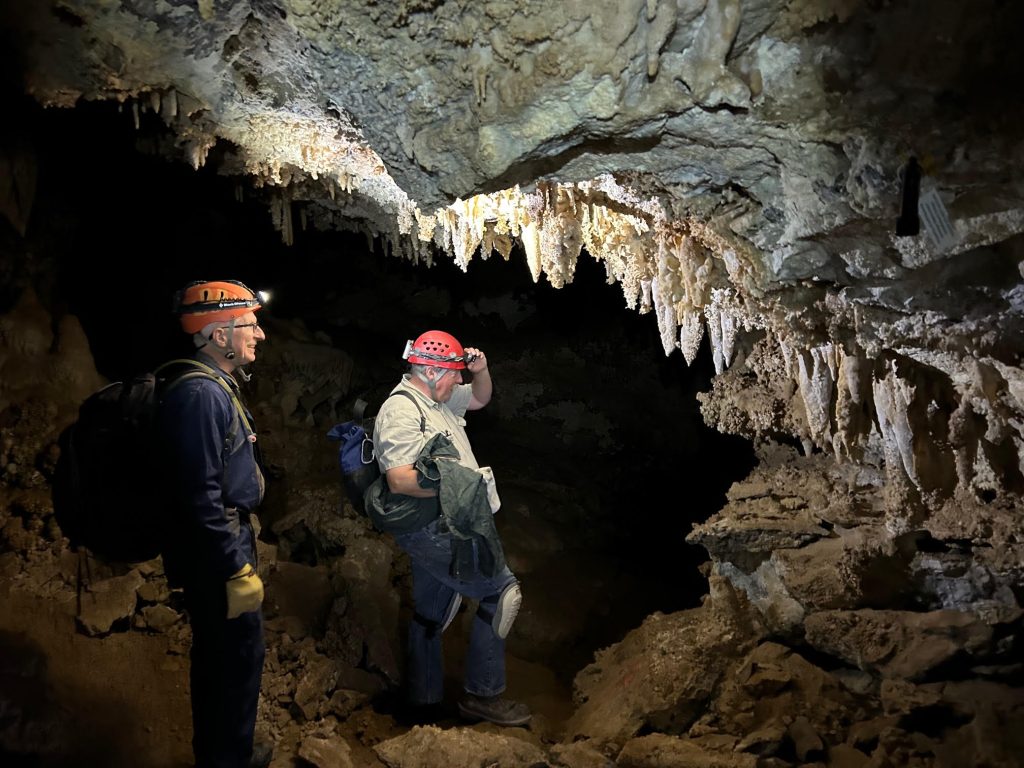
The nearly complete skeleton, nicknamed “Roxy,” was found partially articulated and lying on its left side in a less accessible part of the cave’s back. The name was chosen following a poll at the museum.
To find such a skeleton in a setting like a wet cave, with all the typical formations like “cave bacon,” was unexpected as well, Foster said.
“This specimen is one of the oldest directly dated records of the red fox species,” said Ice Age mammal expert Greg McDonald, a retired National Park Service paleontologist. “The first in Utah, but among the oldest in North America.”
No one on the team is entirely sure how the fox got so far back in that part of the cave. In fact, they have differing opinions on how it may have happened. Of course, there is no way to know for sure, either.
“Perhaps the most common question is how the red fox got nearly half a mile into the back of the cave in complete darkness,” said Ashley National Forest geologist David Herron, who helped plan and lead the expedition.
The fox skeleton was found several years ago but was never collected due to the difficulty in getting fragile bones out of the cave and down a mountain. After additional planning efforts, the team decided to go in this past summer.
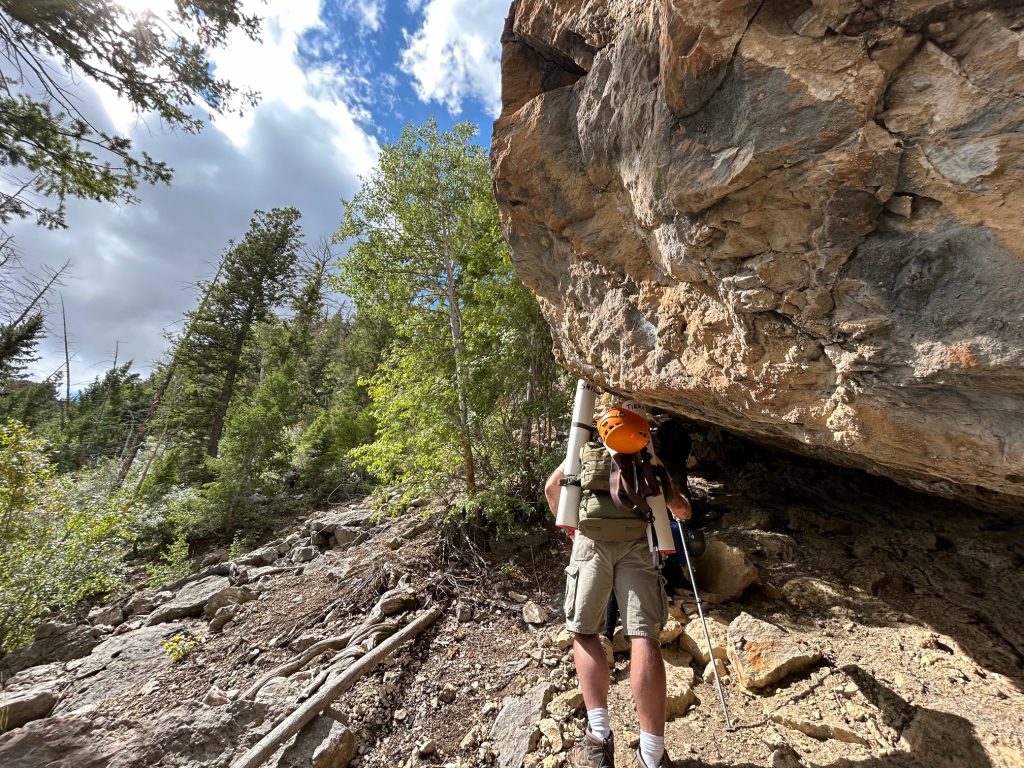
Roxy the fox was collected from Whiterocks Cave in the Uinta Mountains at about 8,600 feet elevation. Because of the difficult access and conditions involving mud, crawling, and climbing, the team brought specially made plastic tubes for packing and getting bones out undamaged. Before any bones were removed, the skeleton was lit and photo-documented, another task that required hiking a lot of equipment up to and through the cave.
“Getting the supplies and gear through the cave to the canid proved to be a challenge, and getting back out with the skeleton went only a little smoother,” Foster said. “We were in the cave for about six hours.”
The entire expedition took the team of nine nearly 16 hours to complete.
Before the discovery of Roxy, the red fox skeleton, few Ice Age mammals had been found in northeastern Utah — one of those being the shin bone of a camel found in the 1980s south of Vernal. The nearly complete red fox skeleton is thus one of the most significant finds of an Ice Age animal in the region.
When the initial tests are finished, and the bones are fully cleaned and stabilized, some of Roxy’s bones will be displayed at the Utah Field House of Natural History State Park Museum in Vernal, Utah.
“Roxy has finally seen the light of day again after 26,000 years in total darkness,” Foster said. “We look forward to sharing her with visitors soon.”
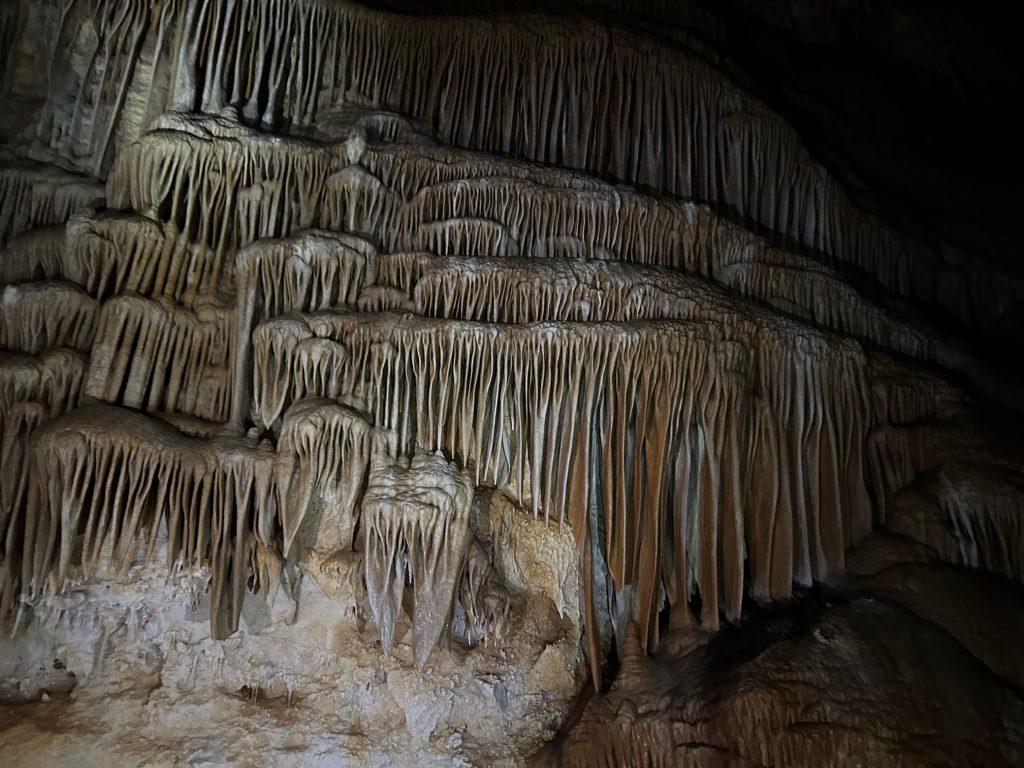
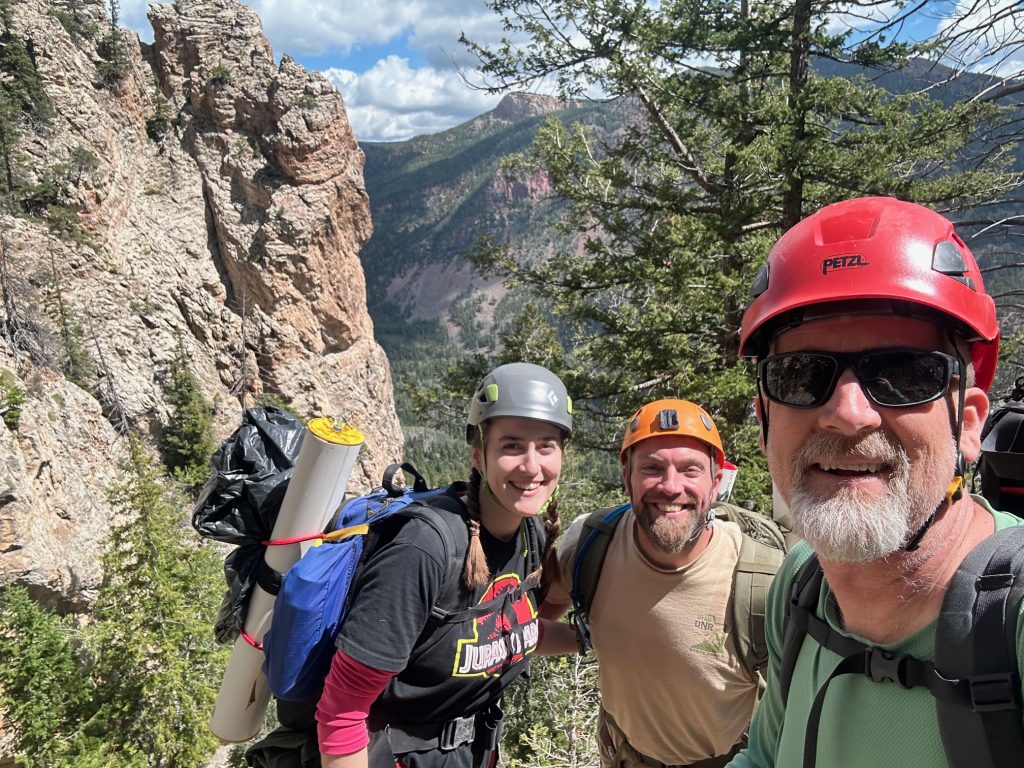
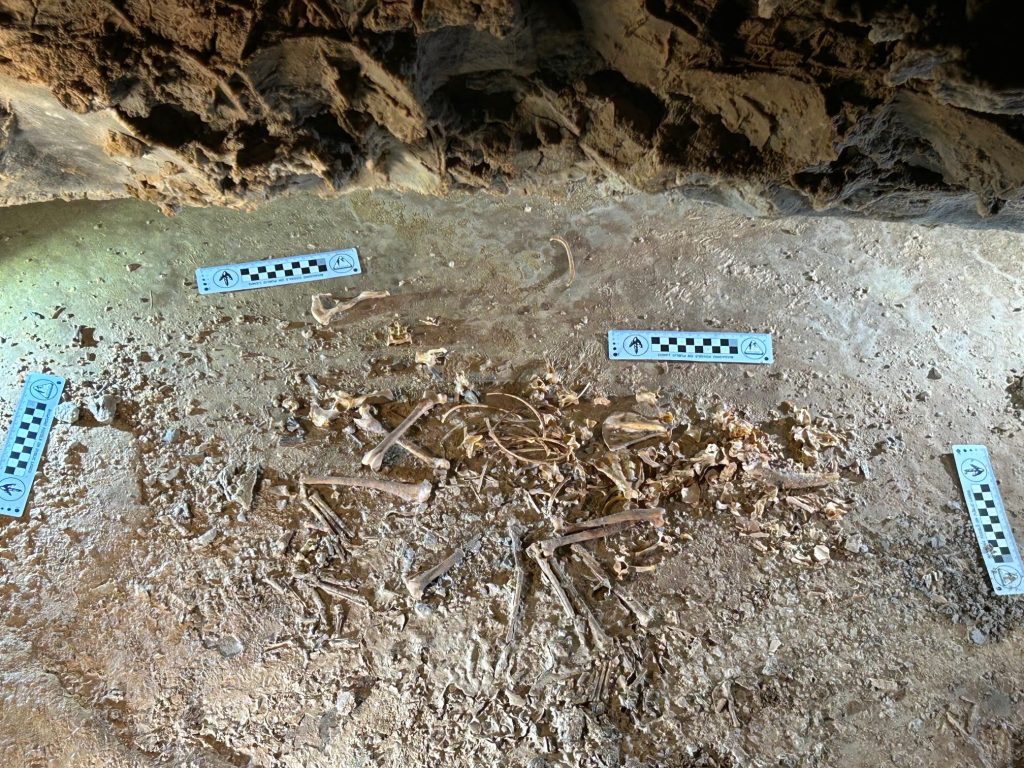
If you found this blog entry interesting, please consider sharing it through your social network.